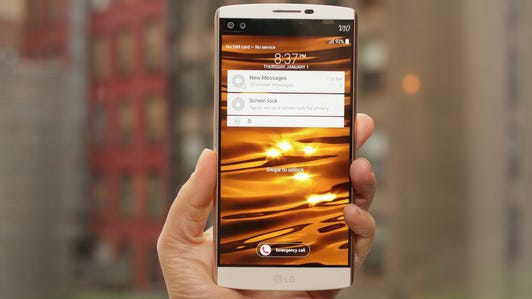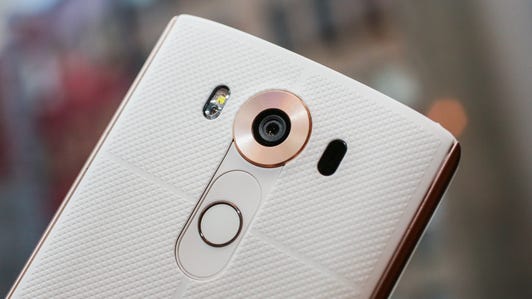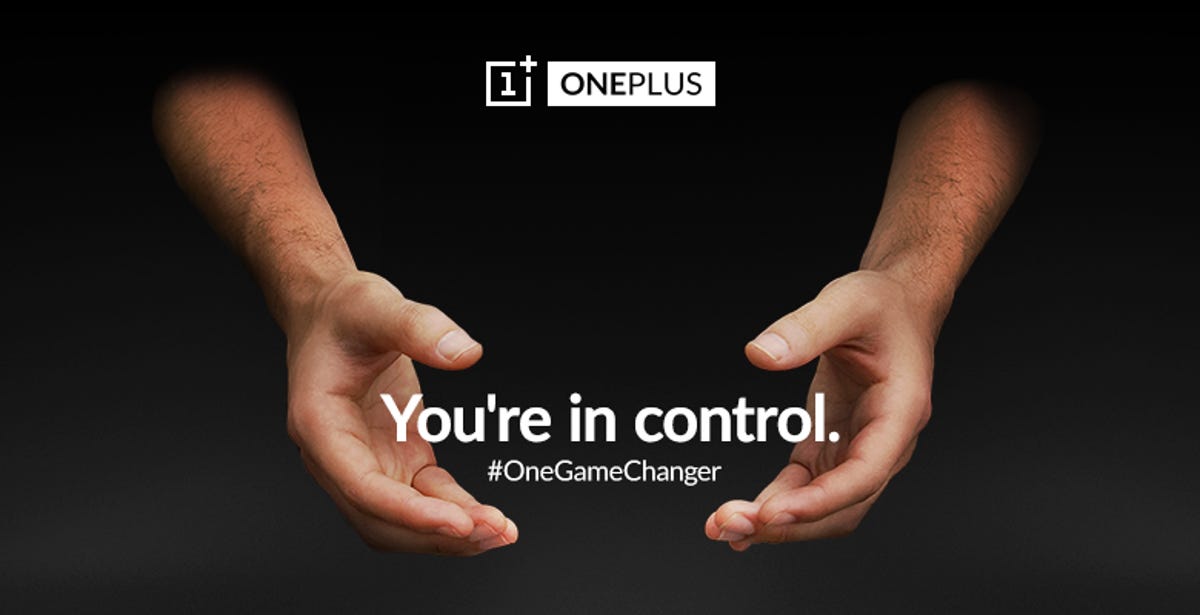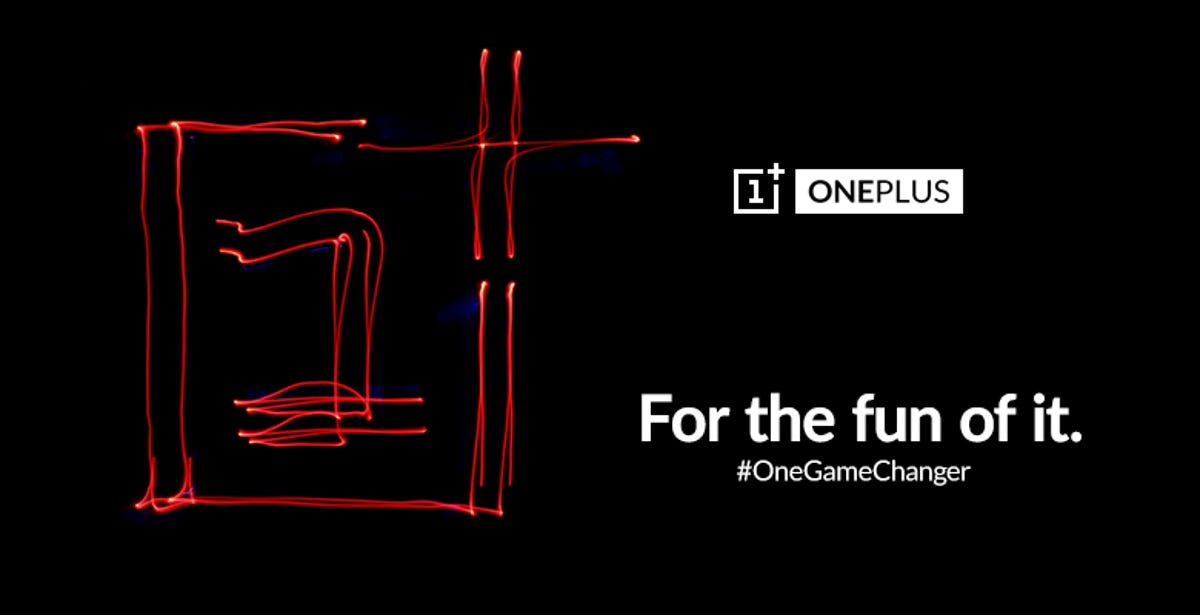The war over camera megapixels has moved from the back of the phone to the front as smartphone-makers like Samsung, Apple, Asus and now LG scramble to outfit their handsets with clever and capable tools to make vanity shots look as good as they can on a typically weaker, cheaper front-facing lens.
Selfies, the common slang for self-portraits taken with the front-facing camera, have surged in popularity. Google counted 93 million selfies per day taken from Android phones around the world at its annual developer’s conference, Google I/O, in 2014. From celebrities and heads of state posting selfies at events, and devotees posturing with the Pope, sharing self-portraits on social networks like Facebook, Instagram and Twitter permeates every pore of popular culture.


Now playing:
Watch this:
Up close with the LG V10’s dual front-facing cameras
1:12
LG’s V10 is one of the first phones to place not one, but two camera sensors up front: one lens with an 80-degree viewing angle and the other with a wider 120-degree viewing angle, meant to fit in more people for a group photo. Before you snap a photo, you have the option to choose which 5-megapixel lens to use by tapping on the phone screen.
Related stories
- LG V10 doubles up on screens and selfie cameras (hands-on)
- LG’s giant V10 phone has two screens to go after iPhone
- LG V10 vs Samsung Galaxy Note 5 vs iPhone 6S Plus vs Sony Xperia Z5 Premium
For LG’s Ramchan Wu, vice president of product strategy, the front facing cameras’ extra wide-angle hardware has one other added benefit in framing the shot to work in more of your background and friends.
“We don’t want you carrying a selfie stick anymore”, he said.
Solving for selfies
Selfie cameras in their current state pose a few photographic problems that vendors are trying to minimize, and thereby win you over to their team. To combat accurate-but-unflattering skin tones and textures, phone-makers employ tools to smooth your skin and in some cases, reshape your eyes and chin.
Most of the time, though, it’s bad lighting that’s a selfie-taker’s worst enemy. Apple cleverly uses the iPhone 6S screen as a flash, and the HTC Desire Eye and Sony Xperia C3 paved the way with front-facing flashes. For example, the Asus ZenFone Selfie punches back with a 13-megapixel front-facing selfie cam, which is a common resolution for rear cameras, too, plus a dual LED flash that’s meant to light your face more naturally than harsh flashes you often see.
Lenovo tackles lighting letdowns with an awkward glowing ring attachment , which you have to plug into the headset jack and then turn on if you want to use. While an accessory technically works, it isn’t a good built-in solution, especially if you have to buy it aftermarket.
LG V10 shows off two front-facing cameras and screens (pictures)






A third problem arises with the challenge of pressing down on the shutter button while holding the phone just so. The awkward posing this selfie-fact-of-life engenders gave birth to automatic triggers like waving a hand, speaking a word, or tapping on the phone to take a picture, so you don’t have to fumble for the button while also angling the phone and smiling.
Samsung’s Galaxy S6 bundles in a different, out-of-the-box approach by letting you shoot a selfie with the higher-quality rear camera, which takes care of both lighting (you can use the main flash) as well as giving you a more natural grip. This differs from taking a blind photo of yourself using the main camera because the software actually condenses the portrait size and automatically take the picture when your face is within the proper guidelines. The end result looks like a selfie because the focus is more on you and less on your background, and audio guides help take the guesswork over where you’re aiming the camera.
What does it all mean?
On their own, the “problems” and solutions seem inconsequential and easy to ignore. It’s only when you factor in that millions of people take at least dozens of selfies that you start to see how the company to perfect the previously untapped front-facing camera can claim victory over an increasingly critical part of the smartphone.
For LG’s V10, the usefulness of having two front-facing cameras is still up in the air. This could wind up being a gimmick, or it could give phone owners more of what they want, along with a slew of other camera tools that LG added, including manual modes for both cameras, a faster way to share photos, and some video capabilities you don’t find in most other phones.
Best smartphones for selfies (pictures)






A redoubled focus on the front-facing camera doesn’t diminish the importance of the main lens, whose quality can often sway a purchasing decision away from one handset or toward another. Right now, the range of hardware and software solutions for better selfies reflects the fact that there’s no single industry standard yet when it comes to optimizing front-facing cameras.
What’s interesting is that phones in lower-cost price brackets still keep the selfie cam in focus, even as they trade-off other hardware features — like the processor, battery capacity and display resolution — to shave down prices.
Despite the differences in approach now, the trend for front-facing cameras, it seems, is gravitating toward the same direction as the influential rear-facing shooters on which phone owners already rely: toward higher-megapixel cameras and LED flash for photography that can handle trickier indoor, low light and nighttime shots.
Will anybody actually buy a phone based on the better selfie camera? Not for that feature alone, but the promise of better selfies will certainly make a perpetual sharer take notice.





